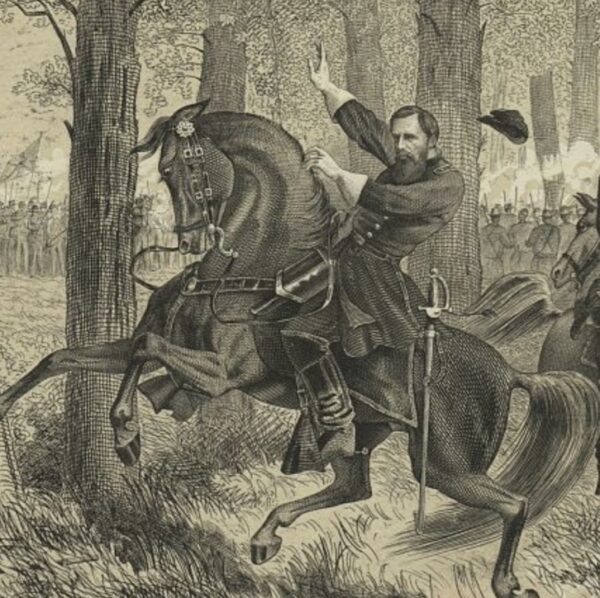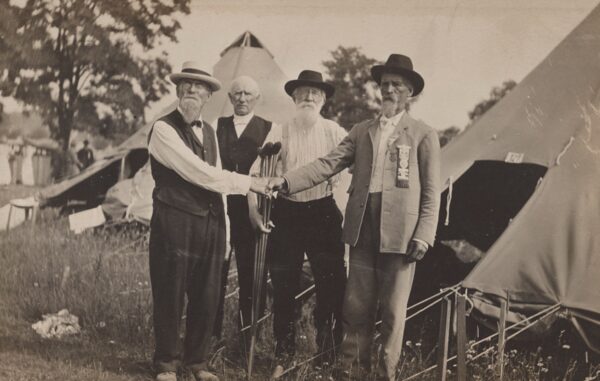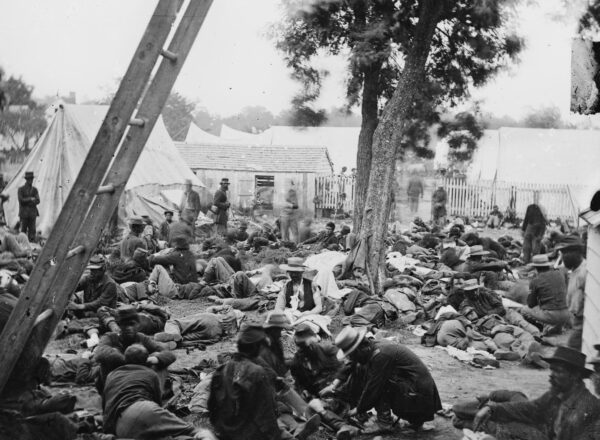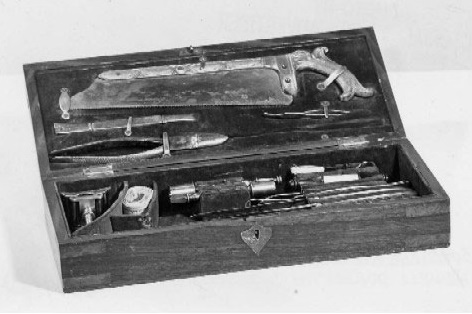In his book about the life of soldiers during the Civil War, Hardtack and Coffee (1887), Union army veteran John D. Billings devoted a chapter to the many ways in which he and his comrades were punished for a variety of infractions, big and small. “I shall not, because I cannot, name all the offences of soldiering to which punishments were affixed, as no two commanding officers had just the same violations of military discipline to deal with,” he wrote. “[B]ut I shall endeavor … to include all those which appeal to a common experience.” Below, accompanied by illustrations from the book made by fellow Union veteran Charles W. Reed, are descriptions of the most common punishments in Billings’ own words.

“The methods of punishment were as diverse as the dispositions of the officers who sat in judgment on the cases of the offenders,” wrote Billings. Here, a Union soldier, transgression unknown, is shown “carrying a log.”
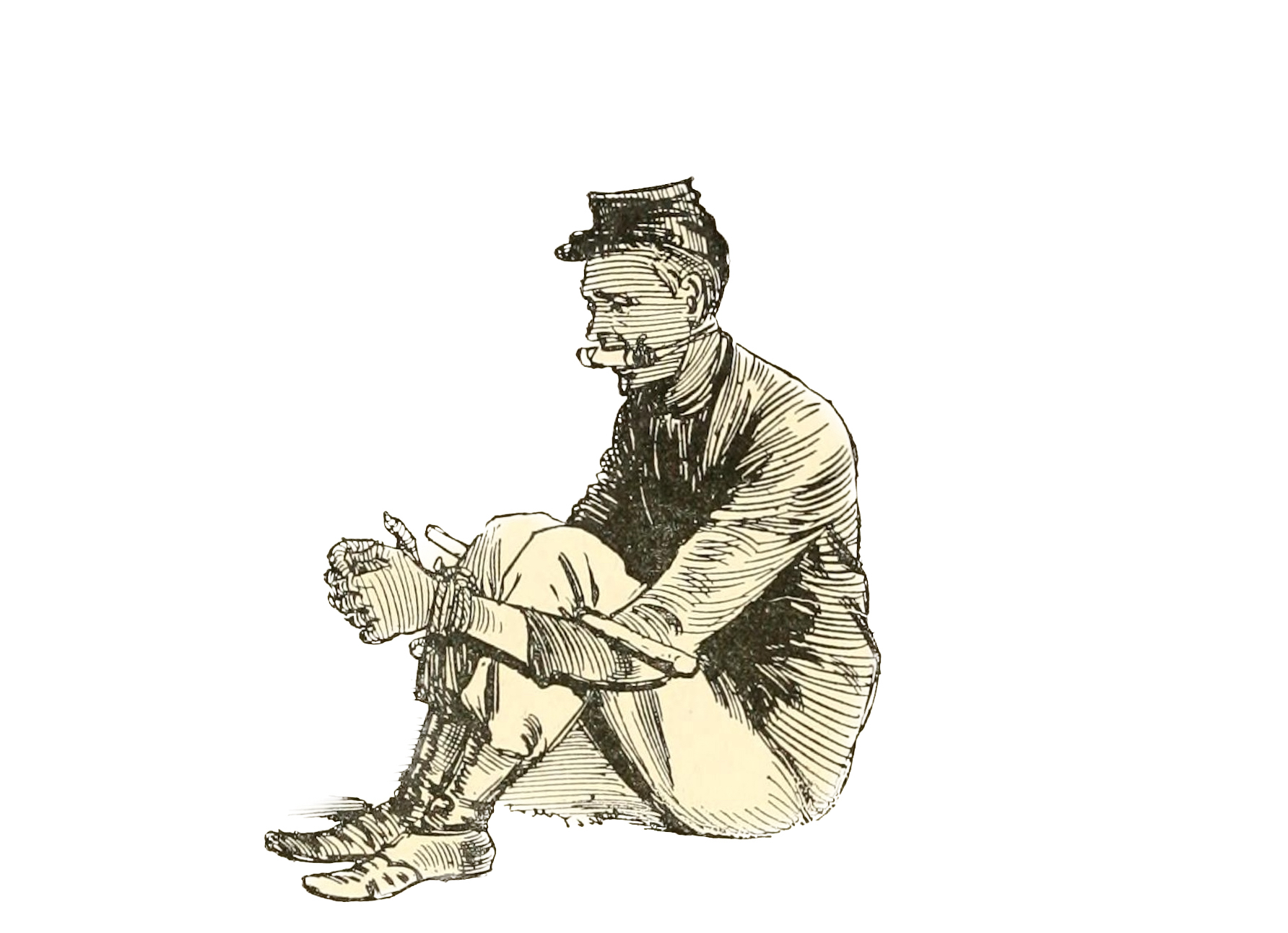
“[T]here was a class of officers who felt that every violation of camp rules should be visited with the infliction of bodily pain in some form. As a consequence, the sentences imposed by these military judges all looked towards that end. Some would buck and gag their victims,” a punishment depicted above.

“Some had their full offence written out on a board with chalk, and, with this board strapped to their backs, were marched up and down through camp the entire day, without rest or refreshment.”
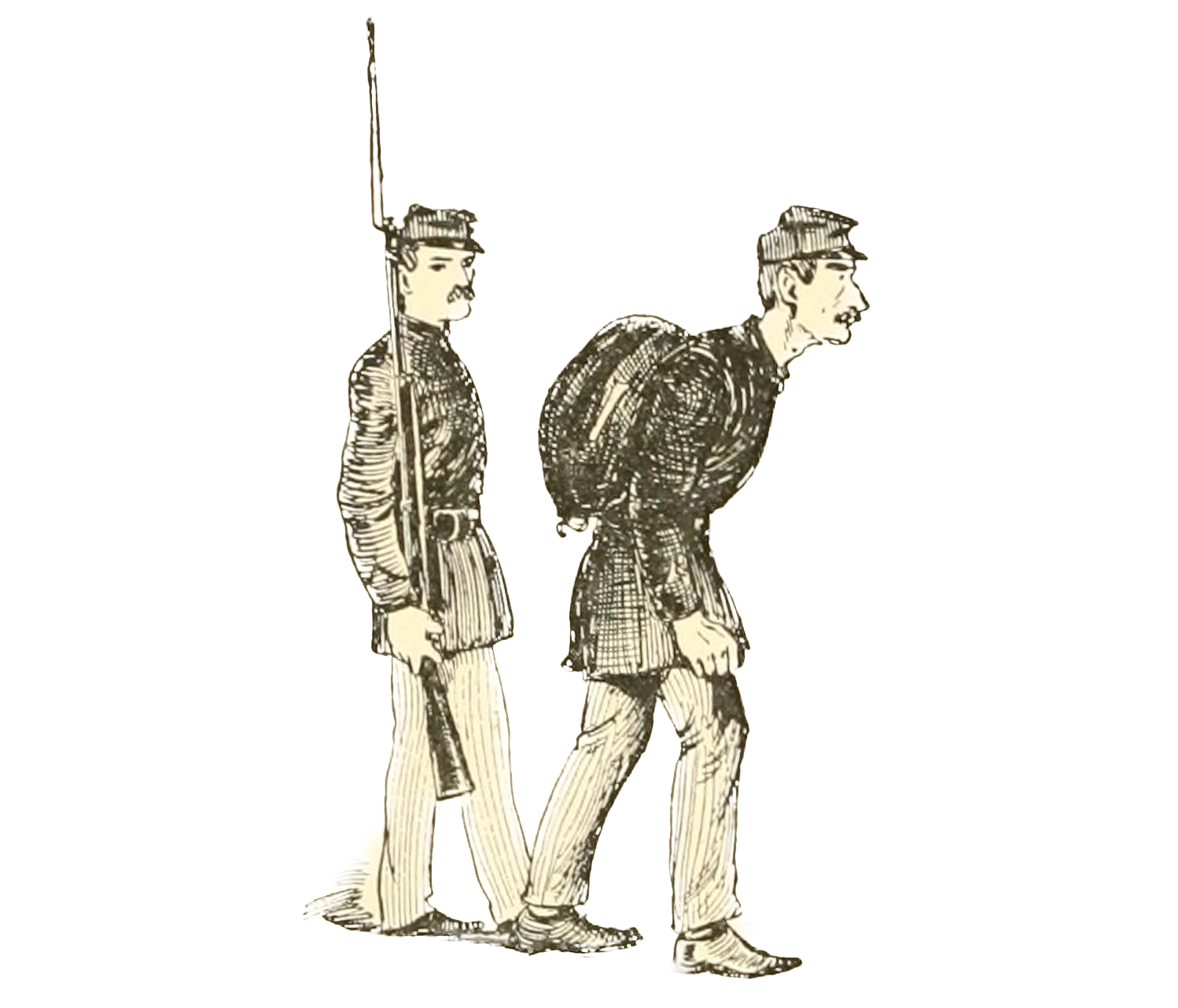
“[S]ome underwent the knapsack drill, that is, they walked a beat with a guardsman two hours on and two or four hours off, wearing a knapsack filled with bricks or stones.”

“One regiment that I know of had a platform erected, between twenty-five and thirty feet high, on which the offender was isolated from the camp, and left to broil in the sun or soak in the rain while a guard paced his beat below, to keep away any who might like to communicate with him.”

“In the artillery, the favorite punishment was to lash the guilty party to the spare wheel—the extra wheel carried on the rear portion of every caisson in a battery.”

“[O]thers were lashed to a tall wooden horse which stood perhaps eight or nine feet high….”

“[S]ome were put into what was known as the sweat-box. This was a box eighteen inches square, and of the full height of a man, into which the culprit was placed to stand until released.”

“[A] favorite punishment with some was to knock out both heads of a barrel, then make the victim stand on the ends of the staves….”
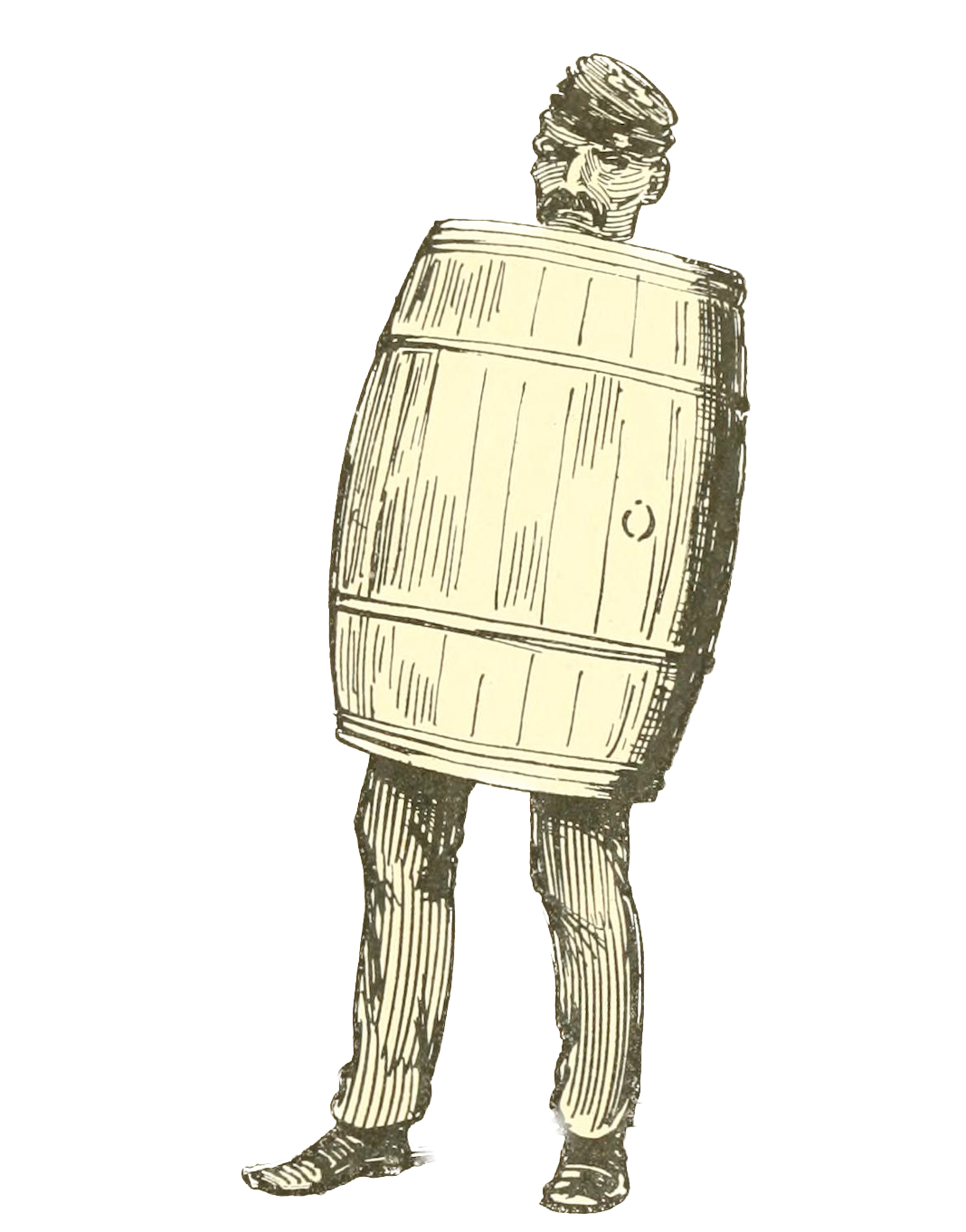
“[S]ome would compel them to wear an inverted barrel for several hours, by having a hole cut in the bottom, through which the head passed, making a kind of wooden overcoat.…”

“[S]ome culprits were compelled to stand a long time with their arms, extending horizontally at the side, lashed to a heavy stick of wood that ran across their backs….”
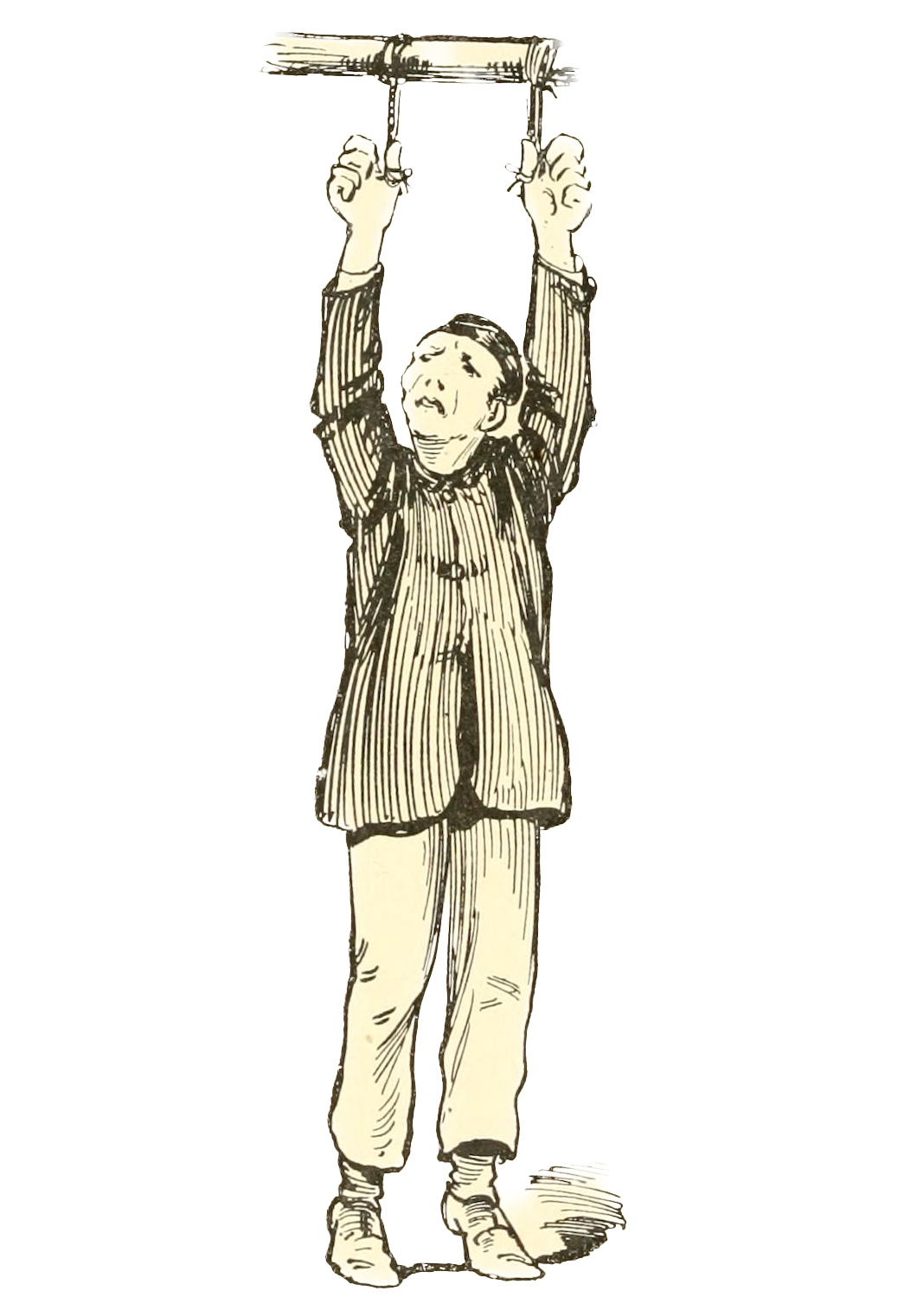
“Some were tied up by the thumbs, with arms extended full length, and compelled to stand in that position for hours.…”

